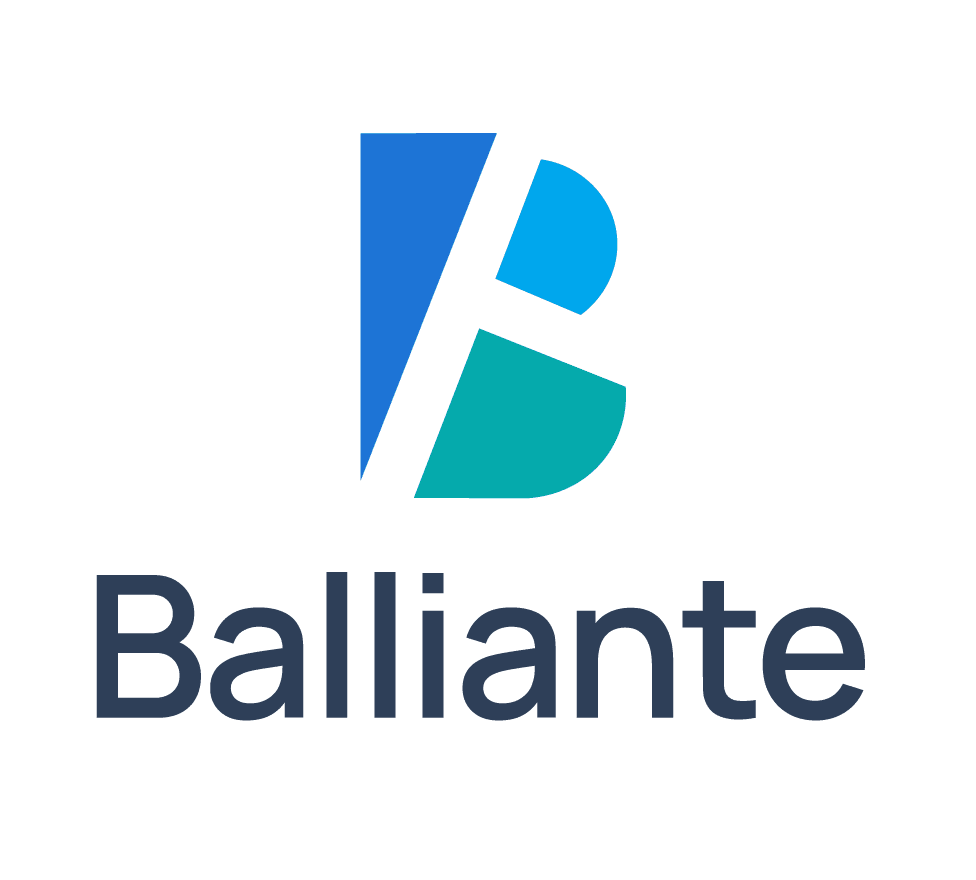In addition to being required by law in many nations, accessibility in website design and development is a moral duty to guarantee that all users, regardless of ability, may easily access and navigate a website. It is crucial for web designers and developers to recognize the value of accessibility and apply best practices in their work. Everything you require to create accessible websites that can reach a larger audience and improve user experience for all will be covered in this comprehensive tutorial.

https://unsplash.com/@goian
2. Understanding the impact of accessibility in website design and development
Creating accessible websites goes beyond just meeting legal requirements; it significantly impacts user experience and inclusivity. By ensuring that all users, including those with disabilities, can access and navigate your website effortlessly, you are not only broadening your audience reach but also fostering a more inclusive online environment. Accessibility features such as alt text for images, color contrast for readability, and keyboard navigation not only benefit users with disabilities but also enhance the overall user experience for everyone. In the following sections, we will delve deeper into the various aspects of accessibility in website design and development, providing practical insights and tips for implementation. Stay tuned for valuable information on optimising accessibility in your digital creations.
3. Key elements of an accessible website
To create an accessible website, it is crucial to consider various key elements that can enhance user experience for all individuals. These elements include intuitive navigation structures, clear and descriptive headings, text alternatives for multimedia content, and ensuring compatibility with assistive technologies. By incorporating these features, you not only cater to users with disabilities but also improve the overall usability and functionality of your website for all visitors. In the upcoming sections, we will explore each of these key elements in detail and provide practical strategies for implementing them effectively. Stay tuned to learn how you can make your website more accessible and user-friendly for everyone.
4. Benefits of accessible website design for businesses and users
Accessibility in website design not only promotes inclusivity but also yields significant benefits for businesses and users alike. For businesses, an accessible website can enhance brand reputation, expand the customer base, improve search engine rankings, and ensure compliance with legal requirements. On the other hand, users benefit from a more seamless browsing experience, increased access to information and services, and the ability to navigate websites independently. By prioritising accessibility in website design and development, businesses can create a positive impact on society while boosting their online presence and reputation. Stay tuned as we delve deeper into the advantages of incorporating accessibility into your website strategy.
5. Legal requirements and guidelines for website accessibility
Ensuring your website meets legal requirements and adheres to accessibility guidelines is crucial for reaching a wider audience and avoiding potential legal issues. It’s essential to stay informed about regulations such as the Americans with Disabilities Act (ADA) and Web Content Accessibility Guidelines (WCAG) to ensure your website is accessible to all users, including those with disabilities. By following these guidelines, you not only enhance user experience but also protect your business from potential lawsuits and penalties. In the next section, we will explore key legal requirements and guidelines that businesses need to consider when designing and developing accessible websites. Stay tuned for expert insights on how to navigate these regulations effectively.
6. Tools and resources for testing and improving website accessibility
In the realm of website accessibility, utilising tools and resources for testing and improvement is paramount. There are various online tools available, such as WAVE and Axe, that can help pinpoint accessibility issues and provide suggestions for enhancement. Moreover, resources like ARIA (Accessible Rich Internet Applications) can assist in making dynamic content more accessible to screen readers. By integrating these tools and resources into your development process, you can proactively address accessibility concerns and ensure your website meets the needs of all users. Stay tuned for practical recommendations on how to leverage these tools effectively to enhance the accessibility of your website.
7. Implementing accessibility in your website design and development process
Ensuring accessibility in website design and development requires a systematic approach. Start by incorporating accessibility considerations into the initial stages of your project, from conception to implementation. Conduct regular accessibility audits using tools like WAVE and Axe to identify and rectify any potential issues promptly. Leverage ARIA attributes to enhance the usability of dynamic content. Remember to involve users with disabilities in user testing to gain valuable insights and feedback. By making accessibility a priority throughout the design and development process, you can create a website that is inclusive and user-friendly for all individuals. Stay tuned for more insights on streamlining accessibility in your website development workflow.
Conclusion: The future of accessible website design and development.
In conclusion, the future of accessible website design and development hinges on our continuous commitment to inclusivity and user-centricity. By prioritising accessibility from the project’s outset and seamlessly integrating it into the complete design and development workflow, we can bridge the digital divide and ensure equal access for all users. Embracing emerging technologies and best practices will empower us to create websites that cater to diverse user needs efficiently. Let’s collectively champion an inclusive web environment where everyone, regardless of ability, can navigate and interact seamlessly. Together, we can shape a digital landscape that truly embodies equality and user satisfaction. Stay tuned for more expert insights and strategies on advancing accessibility in your website projects. Contact Us to discuss how Balliante can help with accessible website.

